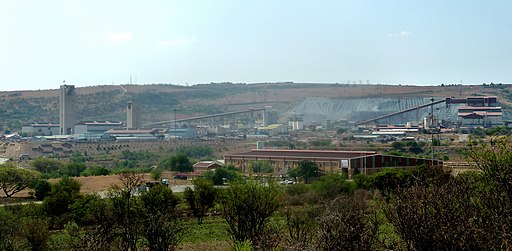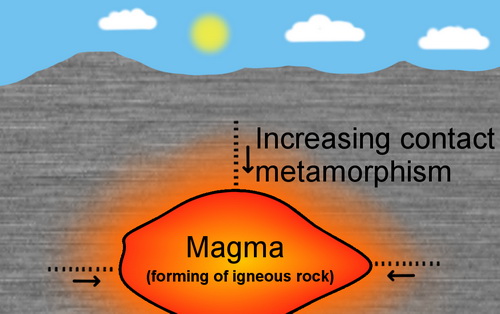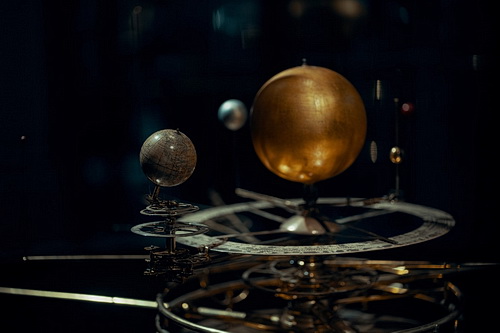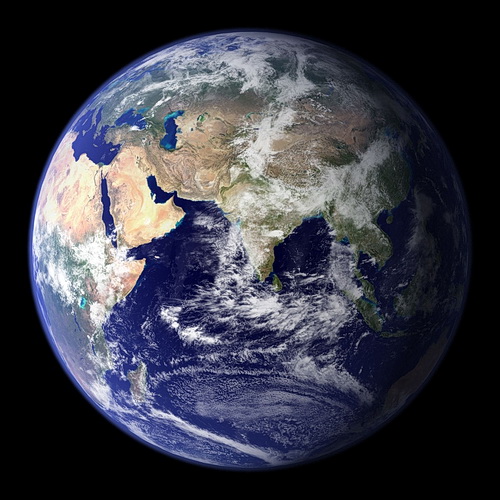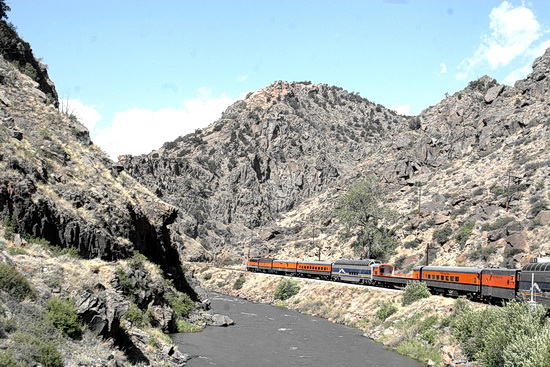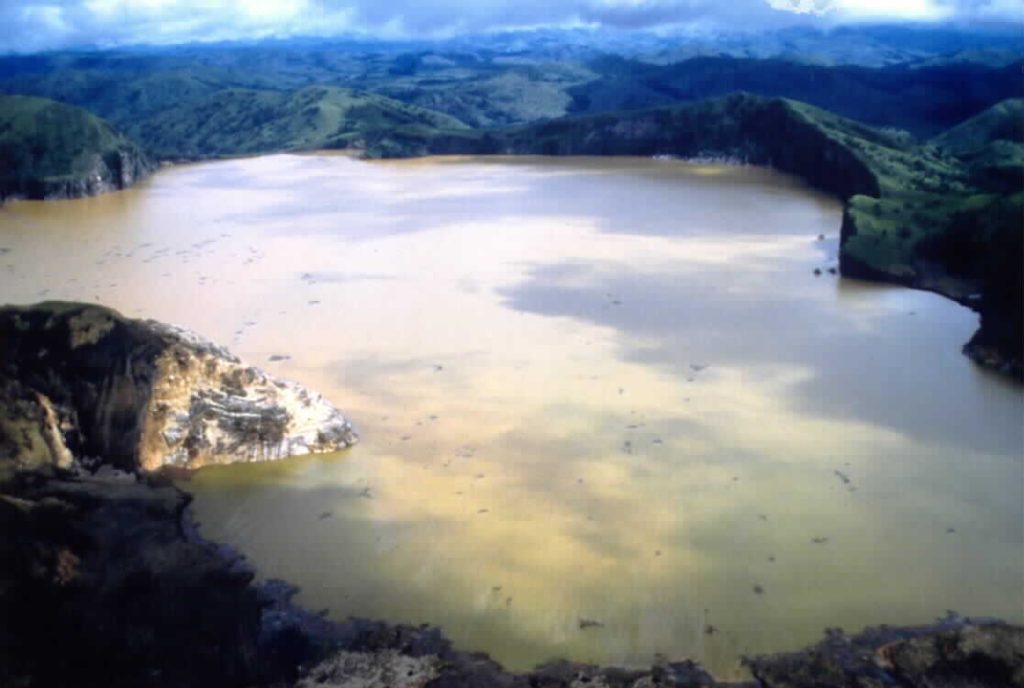Did you know that fossil fuels do not only come from natural gas? Oil and coal are fossil fuels too, but what’s interesting is that they were all formed from extinct plants and animals that have decayed millions of years ago. Oh! If the dinosaurs really knew how much they meant to us!
These remains are referred to as organic matter and carbon is the element that is found in all organic matter. This is how we are able to determine what the compound is and how old it is.
What Do Fossil Fuels Do for Us?
 Just look around. This is how we get our electricity, run our cars (cars that use combustion engines, not electric cars), provide power to our planes, and keep us warm in the winter. There are some caveats though. One is the impact they have on the environment. Another is that once the fuel is used, you cannot reuse it again. These are known as non-renewable resources, as compared to renewable resources like wind farms and solar energy.
Just look around. This is how we get our electricity, run our cars (cars that use combustion engines, not electric cars), provide power to our planes, and keep us warm in the winter. There are some caveats though. One is the impact they have on the environment. Another is that once the fuel is used, you cannot reuse it again. These are known as non-renewable resources, as compared to renewable resources like wind farms and solar energy.
Crude oil, AKA petroleum or petro is a fossil fuel in liquid form. It is made of hydrocarbons, which is a chemical compounds of hydrogen and carbon.
How Is Oil Extracted?
 As mentioned, we know now that it is the remains of dinosaurs that is the oil that we use for energy and we know that this oil is found way beneath the earth, so in order to extract it, oil drills must be erected over the area.
As mentioned, we know now that it is the remains of dinosaurs that is the oil that we use for energy and we know that this oil is found way beneath the earth, so in order to extract it, oil drills must be erected over the area.
It is not easy to find where the oil resides. Much testing must be conducted first. Sometimes it is found by accident. Remember the Beverly Hillbillies?
Finding oil and gas trapped deep underground is very complicated and expensive, but the payoff is well worth it to the oil companies, and the landowners (mostly municipalities and countries) where their drilling takes place make a fortune. Just take a look at the Middle-Eastern Gulf states, but closer to home, there are Texas and California, as well as Alaska. Transporting the oil to refineries and on to international distributers was restricted until former President Trump opened up the pipelines, which helped advance the US economy and make America energy independent; however, to the chagrin of environmental supporters and the environment itself.
How are Oil and Gas Transported?
Oil drilling takes place on land and in the ocean. Once extracted, it is sent to the oil refineries since this fossil fuel contains lots of other compounds that need to be extracted so that the oil is pure. Large tanker ships, as well as pipelines, carry this oil to their respective refineries.
Interestingly, there are more than 190,000 miles of pipelines in the continental United States and Alaska. They connect to other refineries and chemical plants which are then delivered to terminals where the refined product is trucked to consumers.
What is Shale Gas?
Shale gas is natural gas that is found underground in shale rock. Fracking is the process used to extract shale gas. Profound openings are bored down into the shale rock. The gas is then siphoned into the boring gaps made by the drills which created cracks in the stone, empowering the gas to flow through the breaks into wells. From that point, it is funneled away for consumer use.
What About the Environment?
Fossil fuels are known to be major pollutants.
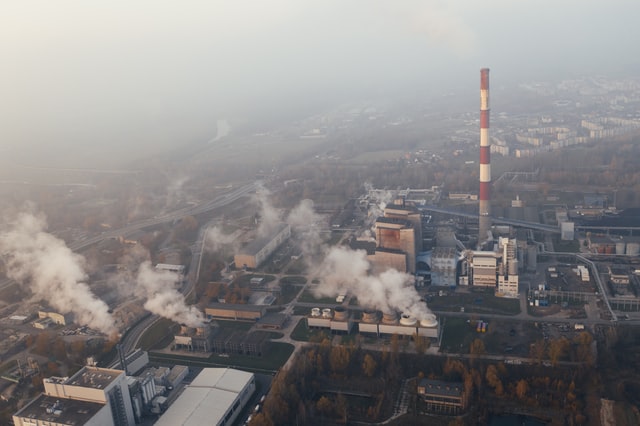
There are ongoing, contentious debates about which is currently more important, advancing the US economy or diminishing the oil transport and production so that the oceans and air can become cleaner.
During the course of debates that are leading up to the US elections, Donald Trump believes that strengthening the US economy and energy independence is most important now, as well as being able to meet the growing energy needs across the world, but Joe Biden feels that it is too dangerous to not take into account what effect the fossil fuel production and fracking is doing to this current environment and the dangers it could possibly have in future years.


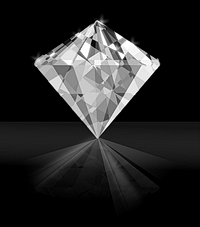
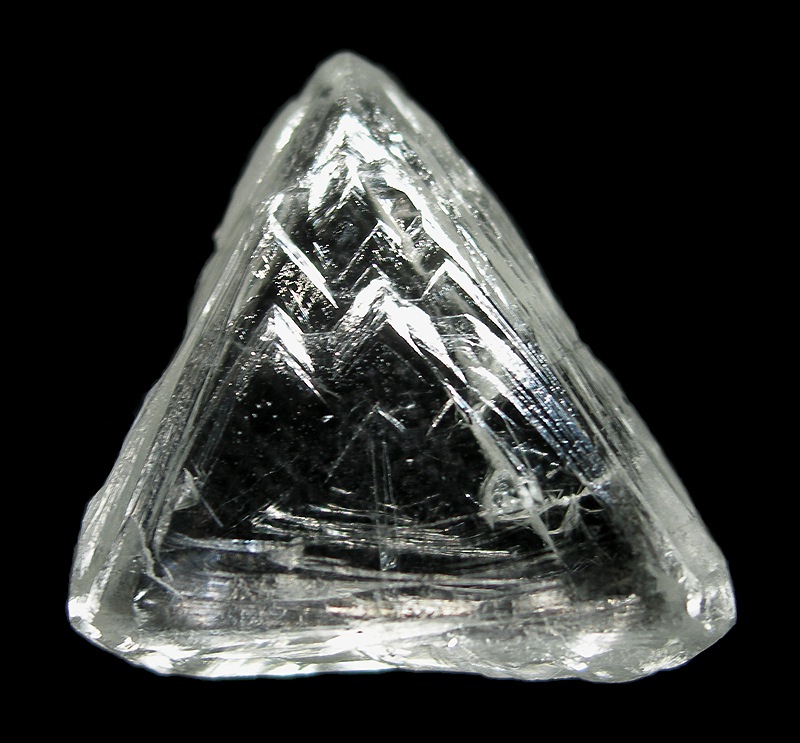 Diamonds are generally made of only carbon molecules linked together in
Diamonds are generally made of only carbon molecules linked together in 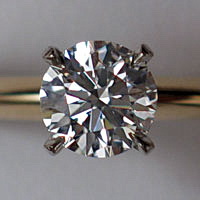
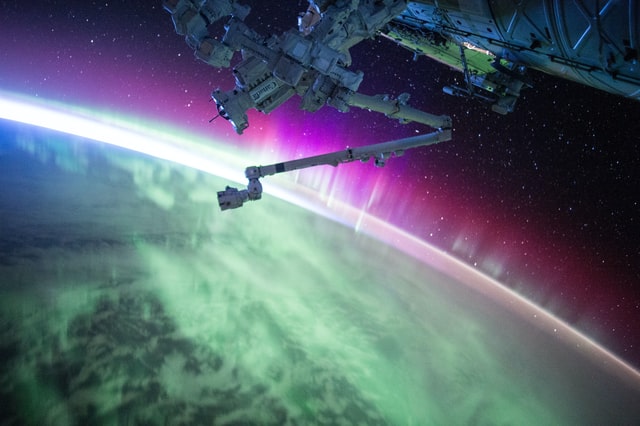
 The Troposphere
The Troposphere